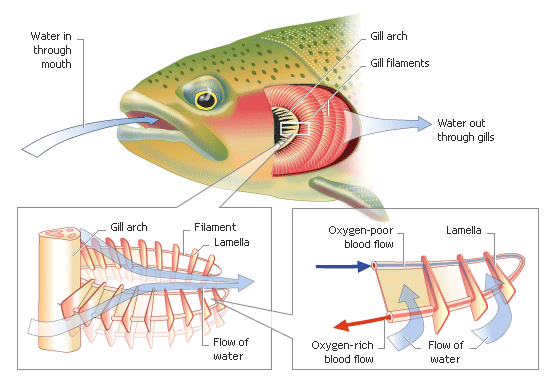Alright. So this question has now been asked independently by both girls, so it's high time we addressed it on here. Bunny asked in relation to one of her favourite pastimes - fishing. Now even cooler with her new birthday fishing rod that LIGHTS UP with LED lights when you reel in. Spinning lights and multicoloured fluffy lures - what more could a little girl ask for. She was standing on the dock, staring down at the fish, which were currently not being fooled by her pink, sparkly bait. How do fish breathe underwater?
 |
| Above all, fishing teaches you patience |
Or in Beans' case - how come she can't. Her version came from in the lake: "Are you SURE I can't breathe underwater? Like really really sure? Dory can though?" (Dory is her Betta, Bunny's is named Flamingo) And then me convincing her that really, it's not in her best interest to try and handing her a snorkel. Then a few days later as that Metric song came on in the car - "Are you REALLY SURE? Because this song is about breathing underwater" and "How come I can drink water but not breathe it?" - which was easy to answer because they already knew about the whole two pipes thing for breathing and eating and just required a short update to include the epiglottis.
 |
| Beans' fish impression |
It is a good question, because fish do breathe and need oxygen circulation just as much as we do - they just do it very differently and in a whole other substance.
There's two main kinds of fish: Bony fish (osteichthyes) and Cartilaginous fish (chondrichthyes) but in general the mechanics and equipment for breathing are similar. In order to breathe, fish take in a mouthful of water, pull the sides of its throat together and force the water through the gill openings where is passes back out to the lake/river/ocean/aquarium from whence it came. Gills in general too are built the same. They have a large surface area to gather a lot of oxygen at once and a good blood supply so that oxygen has somewhere to go. In a litre of freshwater the oxygen content is 8 cm3/L compared to 210 cm3/L in the same volume of air, so they need to be pretty efficient.
 |
| Water flow for breathing |
 |
| Gills for real (from a tuna) This Wikipedia and Wikimedia Commons image is from the user Chris 73 and is freely available at //commons.wikimedia.org/wiki/File:Tuna_Gills_in_Situ_cut.jpg under the creative commons cc-by-sa 3.0 license. |
Bony fish (bass, pike, perch, bettas, general things we think of as fish) have an operculum - which is a bony cover over the gill that can be used regulating the flow of water. This allows them to breathe without moving and to maximize their oxygen intake with a countercurrent flow. Oxygenated blood moves through the gills one way while de-oxygenated moves the other way, not too far off from how our artery-vein system interacts with our lungs. This is why when they are still you see the plates moving in and out, pushing water over the gills to keep up with respiration.
 |
| Countercurrent flow for efficient breathing http://www.myuniversalfacts.com/2006/03/how-do-fish-breathe.html |
Many cartilaginous fish (sharks mostly) don't have operculum or the ability to pump water so they need to continually swim to keep water flowing over the gills. Gives new meaning to the little ditty from Finding Nemo, eh? "Just keep swimming" - they literally have to in order to breathe! Because of this they don't have the efficient countercurrent flow that bony fish have and why it sucks for them to get trapped in a net - no movement = no oxygen and they suffocate.
So Bunny is now vigilant to get her fish back in the water quickly. And as Beans has lungs and not gills, she can't force water over them the same way that Dory does any more than Dory can come up here and breathe air. Which means she is stuck with that snorkel for long term swimming (and I suspect scuba is in her future).
 |
| Open gill slits in a Nurse Shark http://earthguide.ucsd.edu/fishes/kinds/pop_parts_gills.html |
So Bunny is now vigilant to get her fish back in the water quickly. And as Beans has lungs and not gills, she can't force water over them the same way that Dory does any more than Dory can come up here and breathe air. Which means she is stuck with that snorkel for long term swimming (and I suspect scuba is in her future).
No comments:
Post a Comment